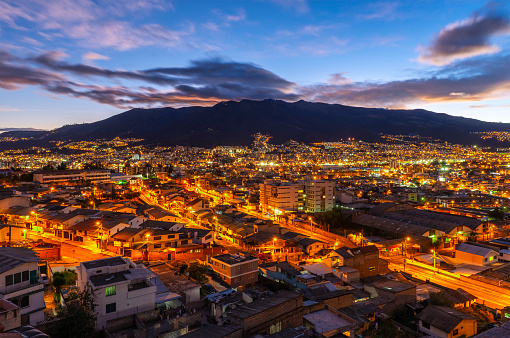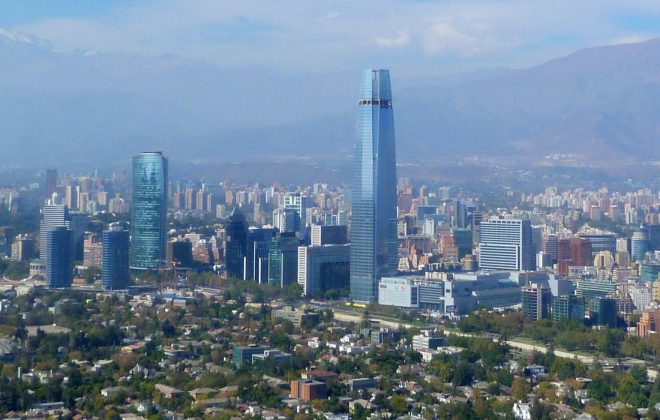Students are Involved in the AI for Inclusive Urban Sidewalks project in Quito, Ecuador
Klever Rojas, David Bustamante, Martín Rivera, Paula Del Salto and Biandona Recalde are the students, who have been actively involved in the AI for Inclusive Urban Sidewalks project in Quito, Ecuador. In this interview they share their experience and talk about the value and importance of the project for their city.
Why are more accessible and inclusive sidewalks important for people with disabilities in the cities?
Klever Rojas: For ease of transportation of pedestrians around the city
David Bustamante: For safe, regular, and free transportation for all users. The mobility of pedestrians with any type of disabilities is important.
Martín Rivera: We need to facilitate mobility for all people. To be able to move around freely is a right that should not be hindered by poor infrastructure.
Paula Del Salto: Because more accessible sidewalks help people move around easily and avoid risks and accidents
Biandona Recalde: Allow an ease of transportation without causing accidents due to obstacles that may be found along the way.
Why is this Artificial Intelligence for inclusive mobility project so important to your city?
Klever Rojas: It is important for pedestrian safety.
David Bustamante: So that we can have a clear image of circulation and how it currently occurs in the city to ensure that people with disabilities can move around safely and easily within the pedestrian crossings or places of circulation.
Martín Rivera: It will help visualize how poorly planned the pedestrian system really is so we can solve it
Paula Del Salto: For the safety of all inhabitants
Biandona Recalde: Because there are many barriers for people with disabilities, and this will help the city to improve and remain focused on the future.
Why are you pleased to be part of the project and what activities are you performing?
Klever Rojas: To get to know my way around the city and help with a safer transportation of those who need it.
David Bustamante: I am pleased to be a part of the project so I can identify roads, areas, and spaces in which any type of person can be able and has the guarantee that he/she can move around easily, safely, and fluently. Within the project, in collaboration with other partners, we are identifying the roads and sidewalks that present transportation problems, such as obstacles, preference for vehicles over pedestrians, and inclinations without an effective and proper treatment.
Martín Rivera: I collaborate by mapping streets to be a part of a necessary process for the city
Paula Del Salto: To help my country by mapping sidewalks
Biandona Recalde: I like to be able to analyze which elements are found on the sidewalks and whether these are well placed or not; I am currently mapping and validating the usefulness of maps.
What do you like about partnering with G3ict and the University of Washington’s OpenSidewalks project?
Klever Rojas: To be able to learn and contribute with a better city for pedestrians.
David Bustamante: That we can jointly analyze the current status of the city and, with that information, seek feasible solutions for pedestrian movement.
Martín Rivera: Additional to helping, I have learned from the mapping software operation
Paula Del Salto: I like it because it is a project for the community and for especially abled people
Biandona Recalde: The knowledge I have gained and knowing that this information will help people with disabilities.
Any remark or personal experience that you believe is relevant for the project?
Klever Rojas: Identifying that Quito is a city thought for vehicles and that prioritizing pedestrians is an essential task within the city development.
David Bustamante: I would like for more people to participate in the project.
Martín Rivera: I have realized that my city does not have accessible sidewalks. I feel moving around is very difficult for people with disabilities. I have noticed that there are plenty of obstacles in the middle of the sidewalk.
Biandona Recalde: As a remark, I could emphasize on the important of an urban intervention at a pedestrian movement level in Quito. There are areas where the width and accessibility of sidewalks is truly concerning.
Biandona Recalde: I really like the project because it helps all those who move around the city streets.
Related Posts
Upcoming Events
There are no upcoming events.




